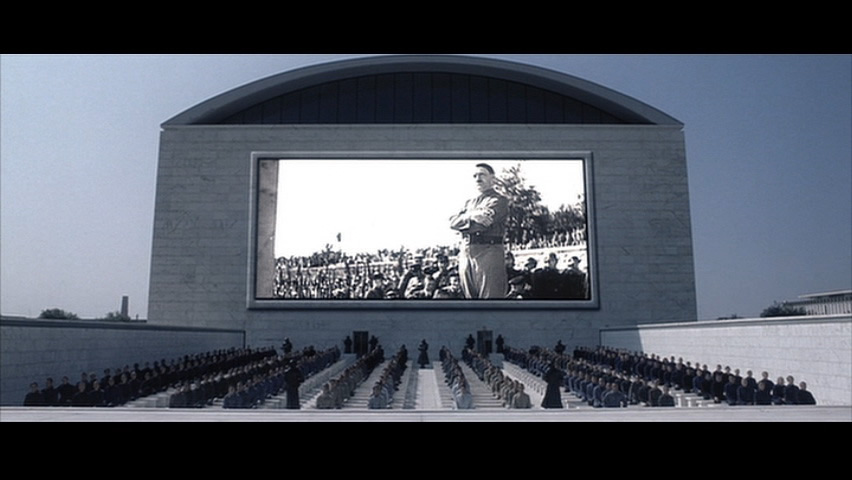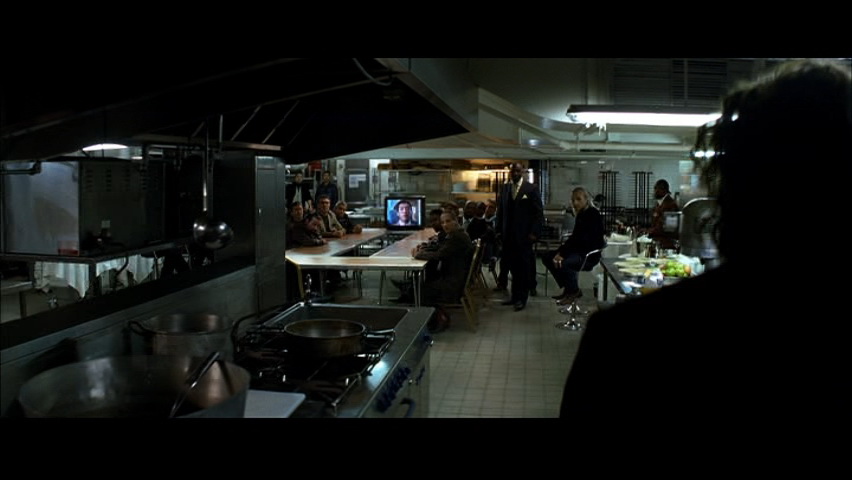Part 2
Introduction
Noun
1. The state of being mad; insanity; mental disease.
2. rash folly
Traditionally, insanity or madness is the behaviour whereby a person flouts societal norms and may become a danger to themselves and others. (Wikipedia)
18th century German Enlightenment philosopher Immanuel Kant proposed in his essay "Idea for a Universal History with a Cosmopolitan Intent (1784)" that law-governed order in society is a result of a tension between man's dueling social and unsocial characteristics:
Man has a propensity for living in society, for in that state he feels himself to be more than man, i.e., feels himself to be more than the development of his natural capacities. He also has, however, a great tendency to isolate himself, for he finds in himself the unsociable characteristic of wanting everything to go according to his own desires, and he therefore anticipates resistance everywhere, just as he knows about himself that for his part he tends to resist others.
If a balance between these opposing characteristics is taken as the social norm, then madness is a significant swing in either the direction of social or unsocial behavior. This can be manifested as a social order which either fails to limit the privacy of its citizens causing chaos or which places exceptional limits on personal privacy and exerts unreasonable control over its citizens. An exceptionally social society might take the form of a dictatorship, where the desires of one person or group of people necessitate the suppression of the individual desires of its citizens. On the other hand, an exceptionally unsocial society might take the form of anarchy, where the personal desires of its individual citizens remain unchecked by any higher authority. I have selected five films from the filmography for this course which tackle these two facets of madness: extreme sociability (excess social behavior), and extreme reclusiveness (excess unsocial behavior). I will argue that the representation of architecture in these films parallels these categories of madness: extreme sociability is set within minimalist and monumental (simple/ordered) architecture while extreme reclusiveness is set within ornamental and vernacular (complex/chaotic) architecture. This relationship, while exaggerated, is not fantastic. It is rooted in real architectural styles associated with real socio-political structures of the 20th century, which are directly referenced in some of the films. This connection with reality, both socio-political and architectural, gives film potency as a medium for allegory, particularly for an aspiring architect interested in the socially-transformative power of architecture.
 |
 |
Equilibrium (2002) - Extreme Sociability/Simple Architecture |
The Dark Knight (2008) - Extreme Reclusiveness/Complex Architecture |